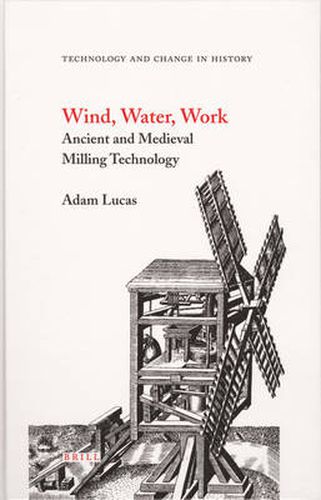Readings Newsletter
Become a Readings Member to make your shopping experience even easier.
Sign in or sign up for free!
You’re not far away from qualifying for FREE standard shipping within Australia
You’ve qualified for FREE standard shipping within Australia
The cart is loading…






This book is the most comprehensive empirical study to date of the social and technical aspects of milling during the ancient and medieval periods.
Drawing on the latest archaeological evidence and historical studies, the book examines the chronological development and technical details of handmills, beast mills, watermills and windmills from the first millennium BCE to c. 1500. It discusses the many and varied uses to which mills were turned in the civilisations of Rome, China, Islam and Europe, and the many types of mill that existed.
The book also includes comparative regional studies of the social and economic significance of milling, and tackles several important historiographical issues, such as whether technological stagnation was a characteristic of late Antiquity, whether there was an industrial revolution in the European Middle Ages based on waterpower, and how contemporary studies in the social shaping of technology can shed light on the study of pre-modern technology.
$9.00 standard shipping within Australia
FREE standard shipping within Australia for orders over $100.00
Express & International shipping calculated at checkout
This book is the most comprehensive empirical study to date of the social and technical aspects of milling during the ancient and medieval periods.
Drawing on the latest archaeological evidence and historical studies, the book examines the chronological development and technical details of handmills, beast mills, watermills and windmills from the first millennium BCE to c. 1500. It discusses the many and varied uses to which mills were turned in the civilisations of Rome, China, Islam and Europe, and the many types of mill that existed.
The book also includes comparative regional studies of the social and economic significance of milling, and tackles several important historiographical issues, such as whether technological stagnation was a characteristic of late Antiquity, whether there was an industrial revolution in the European Middle Ages based on waterpower, and how contemporary studies in the social shaping of technology can shed light on the study of pre-modern technology.